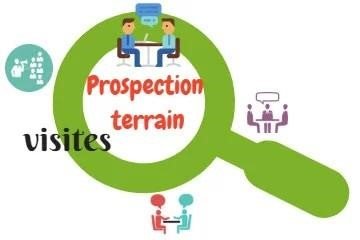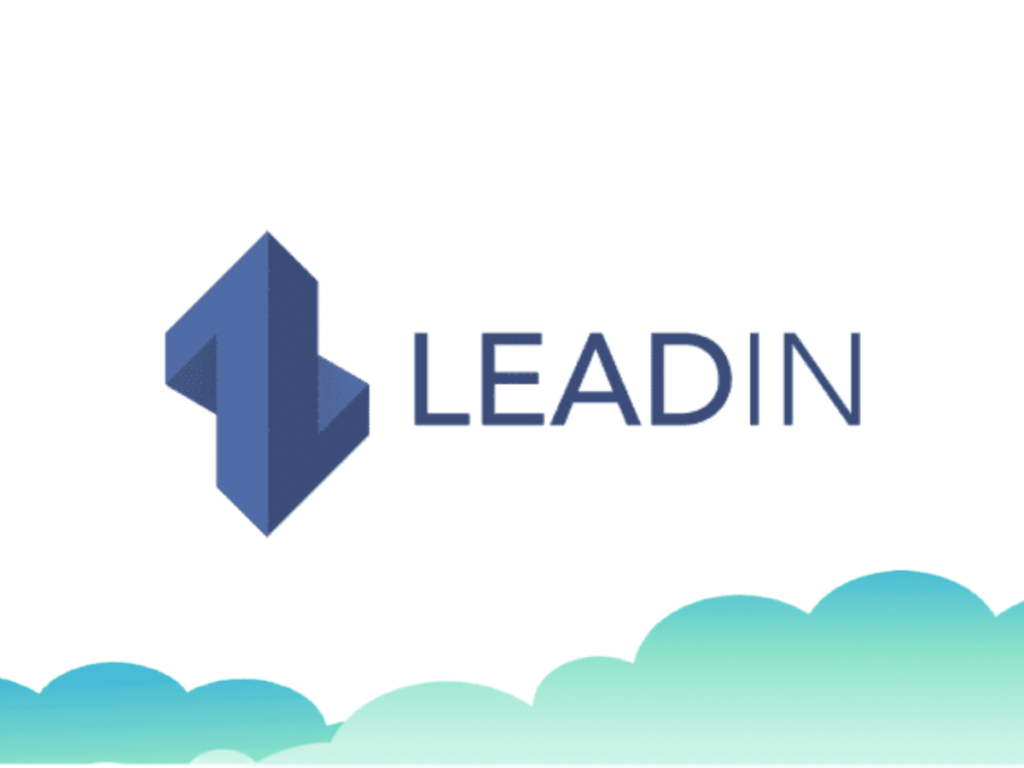Introduction
In the dynamic world of B2B business, sales prospecting is much more than just finding customers. It’s an elaborate strategy aimed at forging fruitful relationships with other companies. Let’s discover together the secrets of a winning approach to B2B sales prospecting, exploring each step and revealing the most effective techniques.
B2B commercial prospecting: definition
Let’s start by understanding B2B sales prospecting. It’s a strategic process that goes beyond simply finding customers. It’s a process designed to identify and attract potential business partners, laying the foundations for mutual growth.

What are B2B sales prospecting techniques?
B2B sales prospecting embraces a range of techniques, both traditional and digital. Let’s explore the two main categories: analog and digital techniques.
1. Analog B2B sales prospecting techniques
Commercial telephone prospecting

Field sales prospecting techniques
Field prospecting, often neglected in the digital age, can be a distinctive advantage over the competition.
Rarely concluded on the first visit, it represents a significant first contact and leaves a positive impression.
The benefits of this approach :
– Humanizes the sales proposal, making it more tangible.
– Physical contact enables crucial information to be gathered, including through body language, thus identifying sales opportunities.

2. Digital B2B sales prospecting techniques
Of any country, if it’s international.
Digital sales prospecting techniques
Emailing

This strategy is based on sending targeted, identified e-mails to a worldwide base of prospects.
Accurate segmentation of the database is crucial to avoid irrelevant and costly mailings.
Emailing can be effectively combined with other prospecting approaches. For example, if you meet a promising contact at a trade show, take the relationship to the next level by sending them a personalized email.
Take care of your prospecting email to :
- Maximize opening by the recipient.
- Ensure attentive reading by providing content that is relevant and adapted to their needs.
- Capture the prospect’s attention.
- Encourage clicks on calls to action to convert customers
SMS marketing

Sending promotional SMS messages is an effective way of reaching prospects directly, and stands out for its under-utilization compared to email and social networks.
SMS advantages :
- High opening rate of 95%.
- Playback within 3 minutes of receipt.
- Relatively low cost.
Social selling (social networks)
Social selling exploits the opportunities offered by social networks, such as LinkedIn, Twitter and Facebook, to drive sales on a global scale.
Use these platforms as breeding grounds for :
- Discover new contacts.
- Obtain qualitative information to help you make the right initial contacts.

3. How do you go about B2B sales prospecting? The secrets of a winning approach.

Step 1: Define your objectives.

Before taking the plunge, clarify your objectives. What do you want to achieve with your prospecting?
Regardless of the objective of your sales prospecting, it’s crucial to define precise, achievable and measurable objectives beforehand. These objectives help you to effectively frame your future actions and the way you interact with your prospects.
Step 2: Identify your targets.
Understand your target audience. Who are they and what are their needs?
Precise knowledge of your targets is essential to the success of your prospecting approach. By directly targeting the right people, those likely to be interested in your offer, you maximize your chances of converting them into customers.

Step 3: Build your prospecting file

Build your prospecting file. Once you’ve identified your ideal customer, it’s time to create your prospecting file and individual prospect files.
This file should contain all relevant information about the people you plan to approach, such as :
- First and last name,
- Age,
- Sex,
- Postal address and e-mail address,
- Phone number,
- Professional situation, etc.
In the context of BtoB prospecting :
- Company name,
- Company address,
- Business sector,
- Your contact’s position within the company,
- A telephone number, etc.
Make sure you keep this file and update it regularly: it’s an invaluable tool for recording and tracking all actions taken with your potential customers.
Step 4: Draw up an action plan

Structure your approach. How will you approach your prospects? What tactics will you deploy?
To draw up an effective schedule:
Start by defining the time slots during which your target is likely to be available, taking into account business opening hours in the case of BtoB sales.
Then identify the most appropriate prospecting channels for your business, taking into account criteria such as prospect type (cold or hot), ideal customer profile, target location, sales force skills and return on investment (ROI).
Stay organized, regular and motivated to maximize your chances of success.
Step 5: Prospect!

Now is the right time to get started. When approaching prospects directly, use an elaborate sales pitch. Make sure your sales pitch focuses on the customer’s expectations, arousing their interest, and presents your products or services as a relevant response to their specific needs.
When prospecting digitally, personalize your content to reinforce the impact of your message. This may include including the prospect’s first and last name in your emails, but above all, address them in both form and content. This demonstrates your understanding of their issues, and highlights your offer as a suitable solution.
Step 6: Measure the impact of your prospecting efforts

Evaluate the impact of your prospecting efforts to effectively adjust your strategy and sales pitch if necessary.
Measure conversion rates, analyze returns, and adjust your approach accordingly. This confirms, for example, whether the time slots you’ve chosen correspond to your target audience. Use concrete indicators such as email open rates or the number of successful calls during telephone prospecting.
What tools should you use for sales prospecting?

To optimize your sales prospecting, a well-informed salesperson uses a variety of tools to boost his or her effectiveness.
We have already mentioned the importance of the prospecting file, an essential document for recording all information concerning prospects.
Other tools include
Software
Software plays a crucial role in supporting salespeople in their prospecting activities. Here are a few examples:
– CRM (Customer Relationship Management) solutions, which make it easier to manage relationships with prospects and customers. For example :
- Salesforce Starter supports companies in acquiring qualified leads, using an emailing strategy based on intelligent segmentation, ensuring optimal personalization of messages. These opportunities are then efficiently managed through an intuitive sales pipeline.
- Sellsy CRM offers optimal prospecting follow-up with a pipeline view, while collecting and centralizing information on potential customers. Business opportunities are also recorded in the software to increase the chances of closing sales.
– Prospecting tools, designed to deliver leads. For example :
- Easybusiness, an innovative and intuitive prospecting software, is connected to the Kompass database, comprising millions of qualified BtoB contacts. Among other things, it helps you find and contact prospects in France and abroad, using over 60 search criteria.
- Leadin: B2B prospecting platform that automates the search for qualified leads on LinkedIn and sends personalized messages on a massive scale. Leadin also offers tracking and analysis functions to optimize your prospecting campaigns.
Ready to boost your B2B prospecting? Find out how LeadIn can help you achieve your goals
Other types of prospecting tools
A number of complementary tools are essential for sales prospecting:
- Sales brochure: A crucial medium, whether on paper or in PDF, summarizing key information with a distinctive design. Useful to give to prospects at the end of the interview.
- Smartphone: An indispensable tool for the modern salesperson, offering access to the latest technologies even when on the move, facilitating access to all the information needed for effective prospecting.
- Website: In addition to serving as a showcase, it revolutionizes prospecting by collecting data on potential customers and generating leads. Inbound marketing guides Internet users to landing pages, encouraging them to provide contact details in exchange for content.
- Social networks: Social selling is a must, requiring a presence on all relevant social networks to attract future customers. Active monitoring on platforms like LinkedIn helps you discover new contacts.
Conclusion
B2B prospecting requires a strategic approach, combining analog and digital techniques. Clear objectives, in-depth target knowledge and the judicious use of tools such as CRM software define effective B2B sales prospecting. By measuring impact and constantly adjusting, companies can ensure sustainable mutual growth.
Sharing your own insights, what specific B2B prospecting tip have you found particularly effective in your professional experience?







